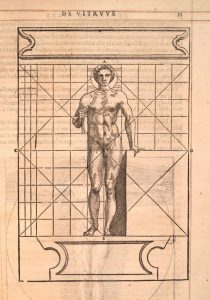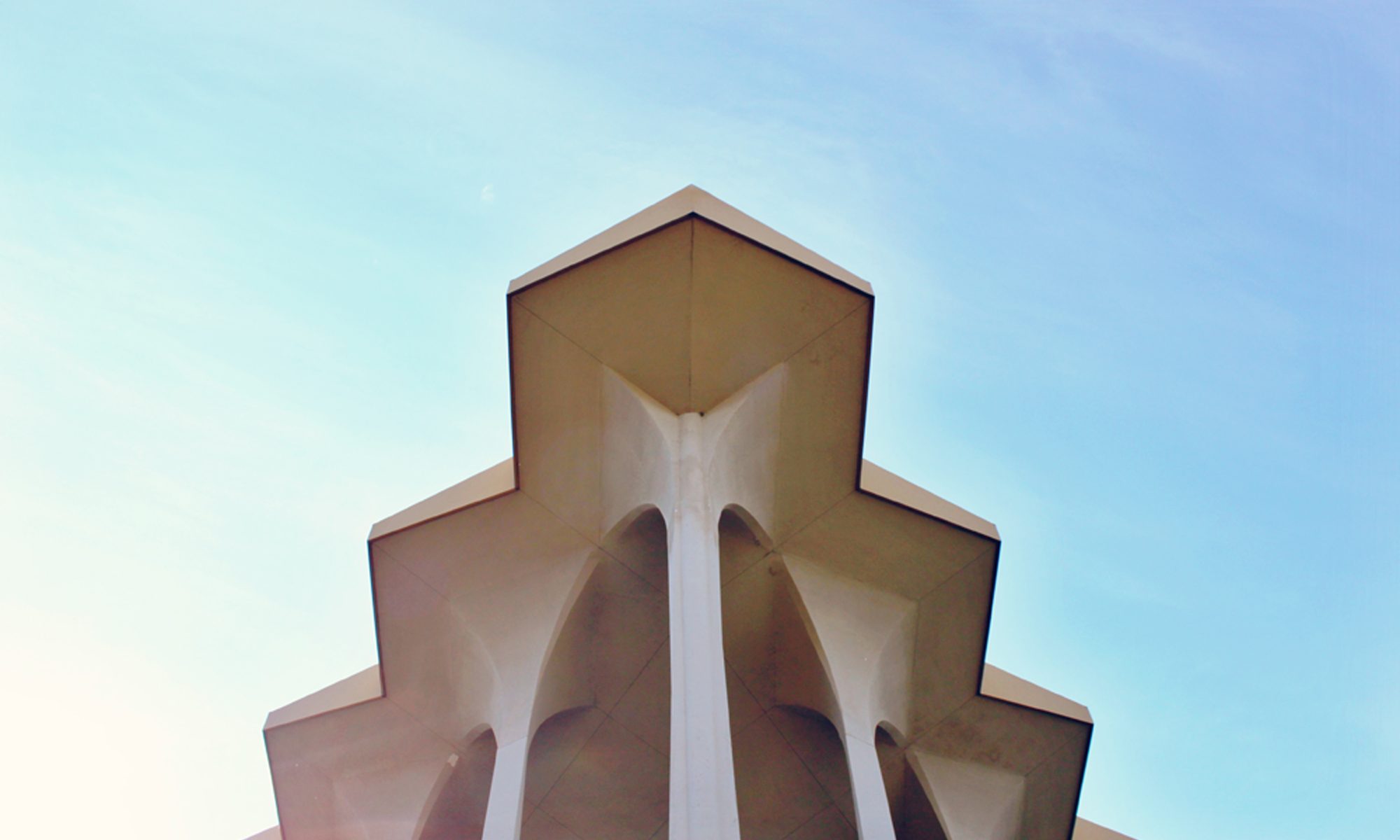The Oxford Dictionary defines the word ‘principle’ as “a fundamental truth or proposition that serves as the foundation for a system of belief, or behaviour, or for a chain of reasoning.”[1] In all methods of creation and design there are principles that lead the creator in thought and execution, and principles are evident in many specialties including art, design, mathematics, engineering and architecture. Dr. Still describes the concept of ‘principles’ in Philosophy of Osteopathy, “principles to an Osteopath means a perfect plan and specification to build in form a house, an engine, a man, a world, or anything for object or purpose.”[2] Dr. Still has described in his books, that working with the design of the human body, is working with the design of the divine, and much like everything that exists in nature under this divine accomplishment, there is an ordered structure that exists under the guise of natural beauty and apparent chaos. Still emphasizes the compulsory knowledge and understanding of this ‘ordered structure’ because it is only through this understanding of anatomy that an osteopath can engage with and effect the human body.
“After a complete knowledge of all parts with their forms, sizes and places of attachment which should be so thoroughly grounded in the memory that there would be no doubt of the intent of the builder for the use or purpose of the great and small parts, and why they have a part to perform in the workings of the engine.” –A. T. Still (Philosophy of Osteopathy)[3]
It is through the use of principles that we as osteopathic practitioners can work with the design of the divine, as it is under the guidance of principles that all things are created. There are principles that govern the tools and methods that we use to treat the body, and also principles that exemplify the anatomical and physiological characteristics of the human body. These principles help us to understand how the design of the body works, and how each part of this whole relates to itself and other parts.
 In order to explore osteopathic principles I would like to discuss the three principles of architecture that were described by the Roman architect Vitruvius in his work De Architectura. Although the human body and the products of architecture are constructed with vastly different materials, the structural integrity of both must exist and thrive under the load of gravity. For this reason, the principles of architecture that Vitruvius composed around 30-15 B.C., are truths that mirror osteopathic principles that govern the human body, and they have stood the test of time.
In order to explore osteopathic principles I would like to discuss the three principles of architecture that were described by the Roman architect Vitruvius in his work De Architectura. Although the human body and the products of architecture are constructed with vastly different materials, the structural integrity of both must exist and thrive under the load of gravity. For this reason, the principles of architecture that Vitruvius composed around 30-15 B.C., are truths that mirror osteopathic principles that govern the human body, and they have stood the test of time.
The first of Vitruvius’ principles is called Firmatis, which means durability. This concept in architecture means that a structure should “stand robustly and remain in good condition”[4]. In osteopathy we can see this principle come to light in the form of body mechanics including the center of gravity and mechanical models such as the myogon model. Firmatis can also be demonstrated through spinal mechanics known to us as Fryettes. These anatomical principles will cumulatively affect how the body stands in gravity and therefore determine its areas of weakness and wear. The osteopathic principles stating that the body is a unit, and that the body has self-regulating and self-protecting mechanisms are also an import concept in considering Firmatis. As osteopaths we consider the body unit as a whole that is connected both physiologically through the nervous system and the fluid systems, but also anatomically through the intricate weave of connective fibers throughout tissue layers and the entire system. The integrity of the physiological system and the anatomical one is what gives the body strength. In conjunction with this, the concept of body constitution, which is a sum of a person’s anatomy, physiology, nutrition, mentality and experience. Constitution is what influences the body’s ability to self-protect and self-regulate and the greater the constitution, the greater ability the body has to withstand the strains of gravity, injury and illness.
The second principle is called Utilitas, which means utility. This is the notion that architecture should be “useful and function well”[5] for its purpose. The principle is deeply entwined with the osteopathic principle that structure and function are reciprocally interrelated. With an osteopathic mindset, we observe the body for structural changes that may lead to physiological changes, but we also approach the body with a neurophysiological intent, if needed. In this approach we recognize that the functional changes within the body, have the ability to affect the structure. With this course of action the osteopathic practitioner may be utilizing treatment technique’s that appeal to the neurophysiology of the patient such as resetting nervous loops through rhythmic application, indirect treatment techniques, integration or influencing the movement of fluid.
The final principle that Vitruvius described was Venustas, which means beauty and illustrates the idea that architecture should “delight people and raise their spirits”[6]. This final principle relates to the osteopathic principles of the union of mind, body and spirit, as well as body vitality. The osteopathic practitioner is acutely aware of the union between the mind, the body and the spirit and that a dysfunction in of one of these realms will influence the other two. Thus, an osteopathic treatment that better aligns the structure and function of the body will have a positive influence upon the mind and soul. Hildreth describes this concept in his book The Lengthening Shadow of Dr. Still.
“Another comparison comes to mind and that is that we are experts in the care of a beautiful instrument, one from which the most delightful effects may be derived. We are simply keeping in tune the instrument that creates the most marvelous harmonies in the world and that is keeping in tune the human body…The instruments in a symphony orchestra are carefully tuned in order that harmonious and beautiful music may be played – music so marvelous that the souls of men are touched and inspired with a love sublime for all the best things in life. So, too, the osteopathic physician must keep in tune the mechanical law that gives to the individual human being the most sublime harmony in life – health, happiness, and success.”[7]
In closing, the osteopathic practitioner utilizes all of the previous concepts in each given treatment and makes use of the most appropriate principles of treatment techniques that will most profoundly affect their patient. For as Dr. Still describes, “you as Osteopathic machinists can go no farther than to adjust the abnormal condition, in which you find the afflicted. Nature will do the rest.”[8]
-Jennifer Herring
[1] Oxford University Press Dictionary, https://en.oxforddictionaries.com/definition/principle
[2] Still, A. T., Philosophy of Osteopathy. Pg 19.
[3] Pg 19.
[4] http://clinicalarchitecture.com/three-principles-of-good-architecture/
[5] http://clinicalarchitecture.com/three-principles-of-good-architecture/
[6] http://clinicalarchitecture.com/three-principles-of-good-architecture/
[7] Hildreth, A. G., The Lengthening Shadow of Dr. Andrew Taylor Still. Pg 48-49
[8] Still, A. T., Philosophy of Osteopathy. Pg 21.


